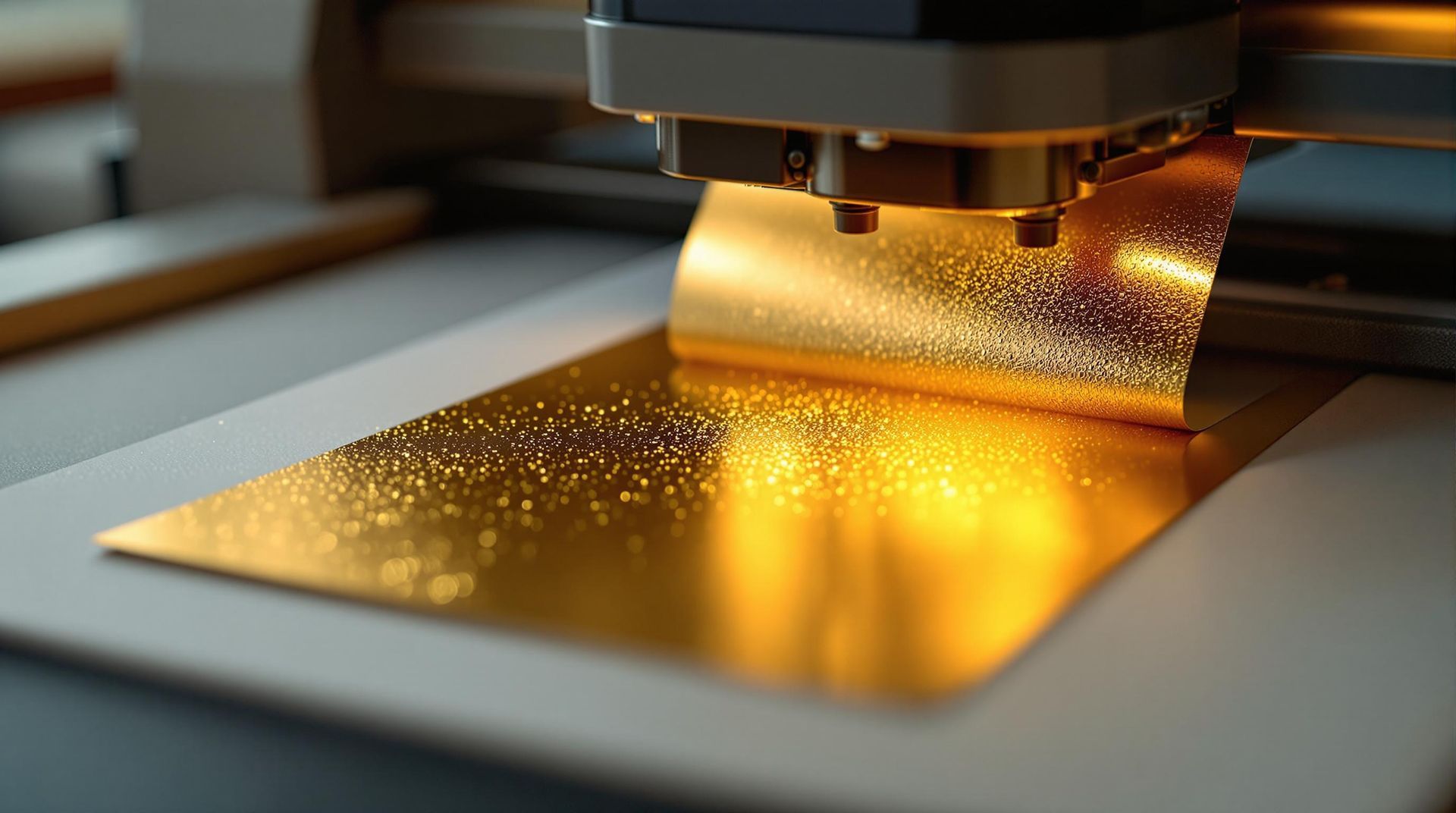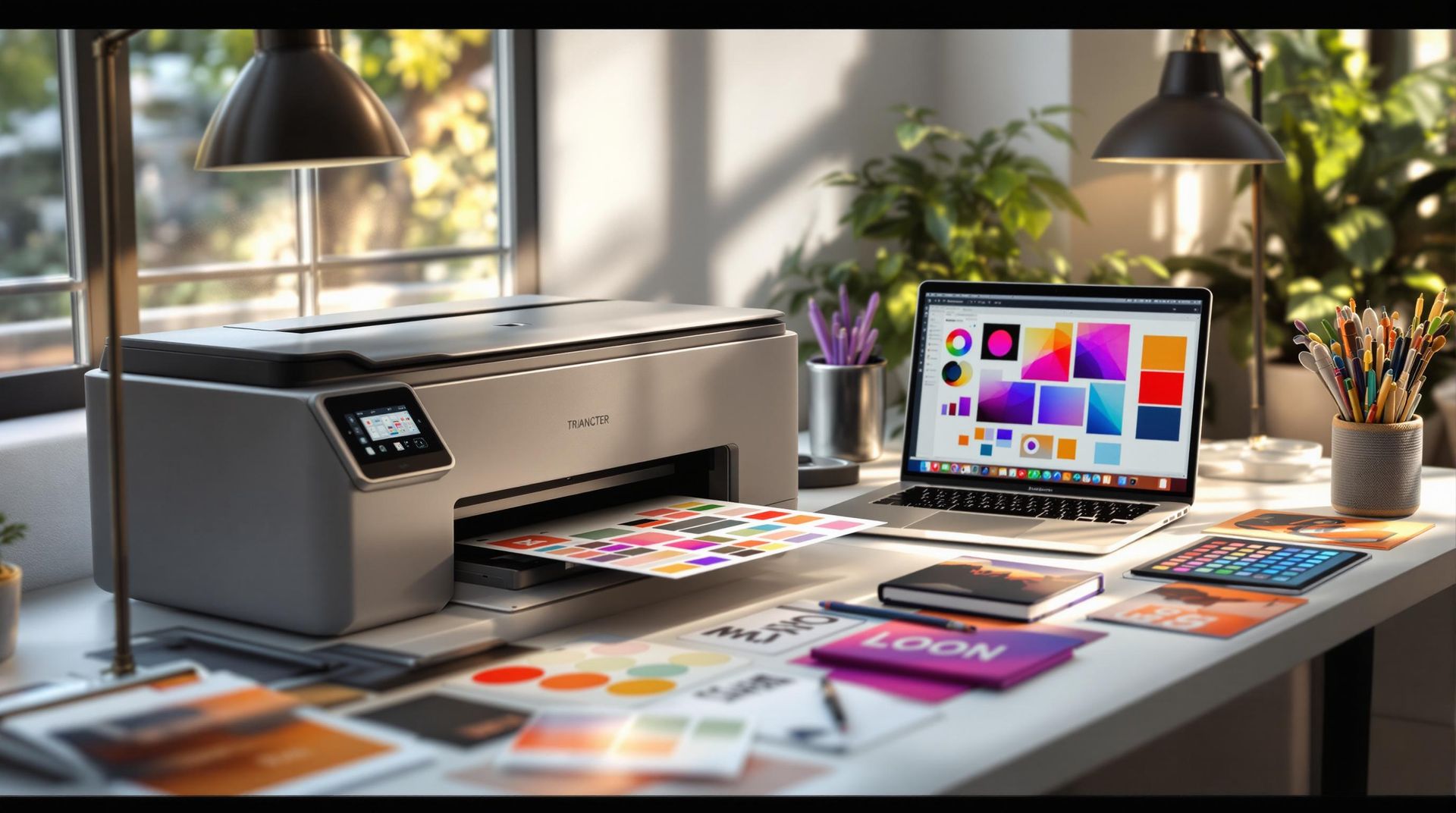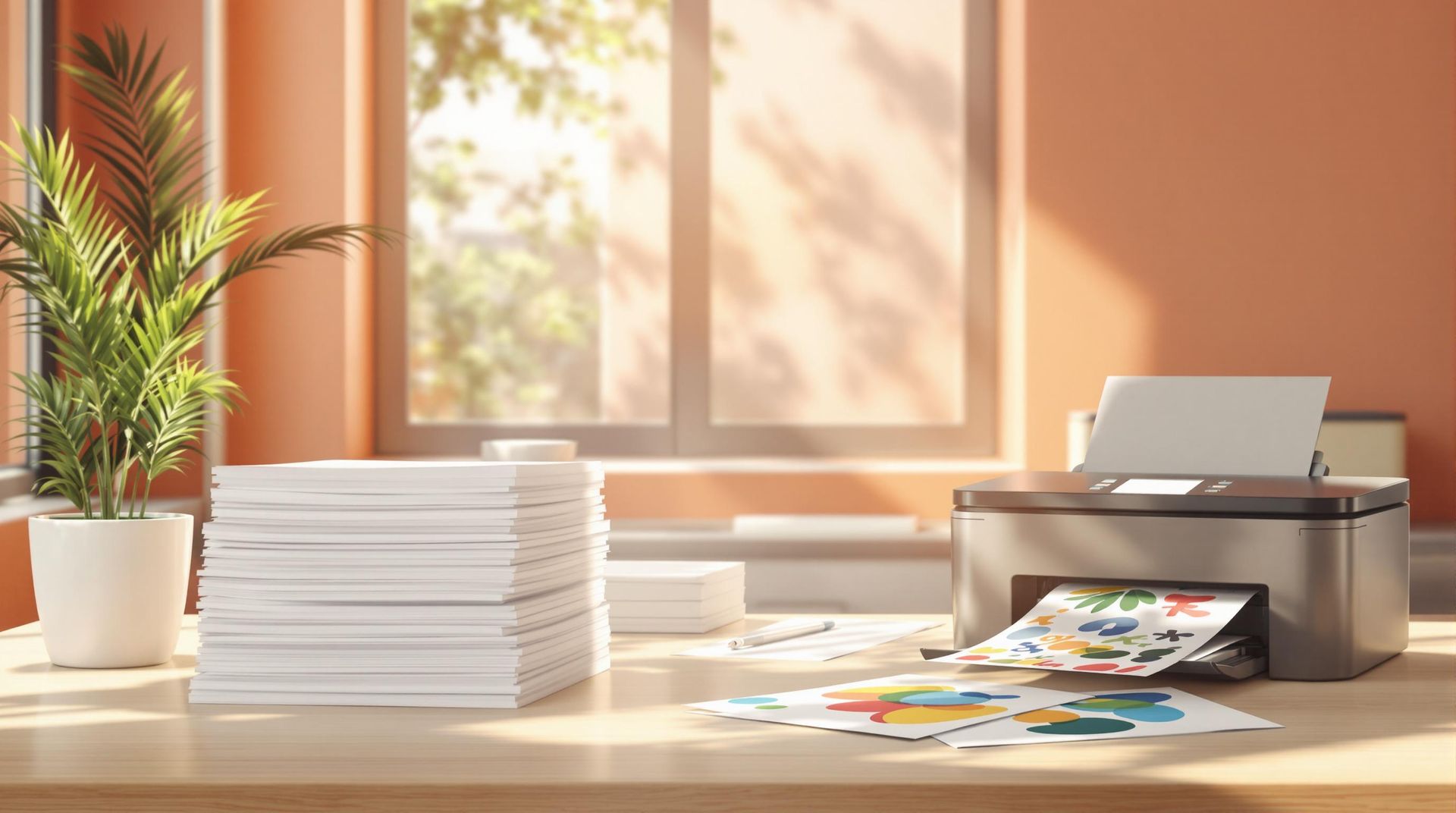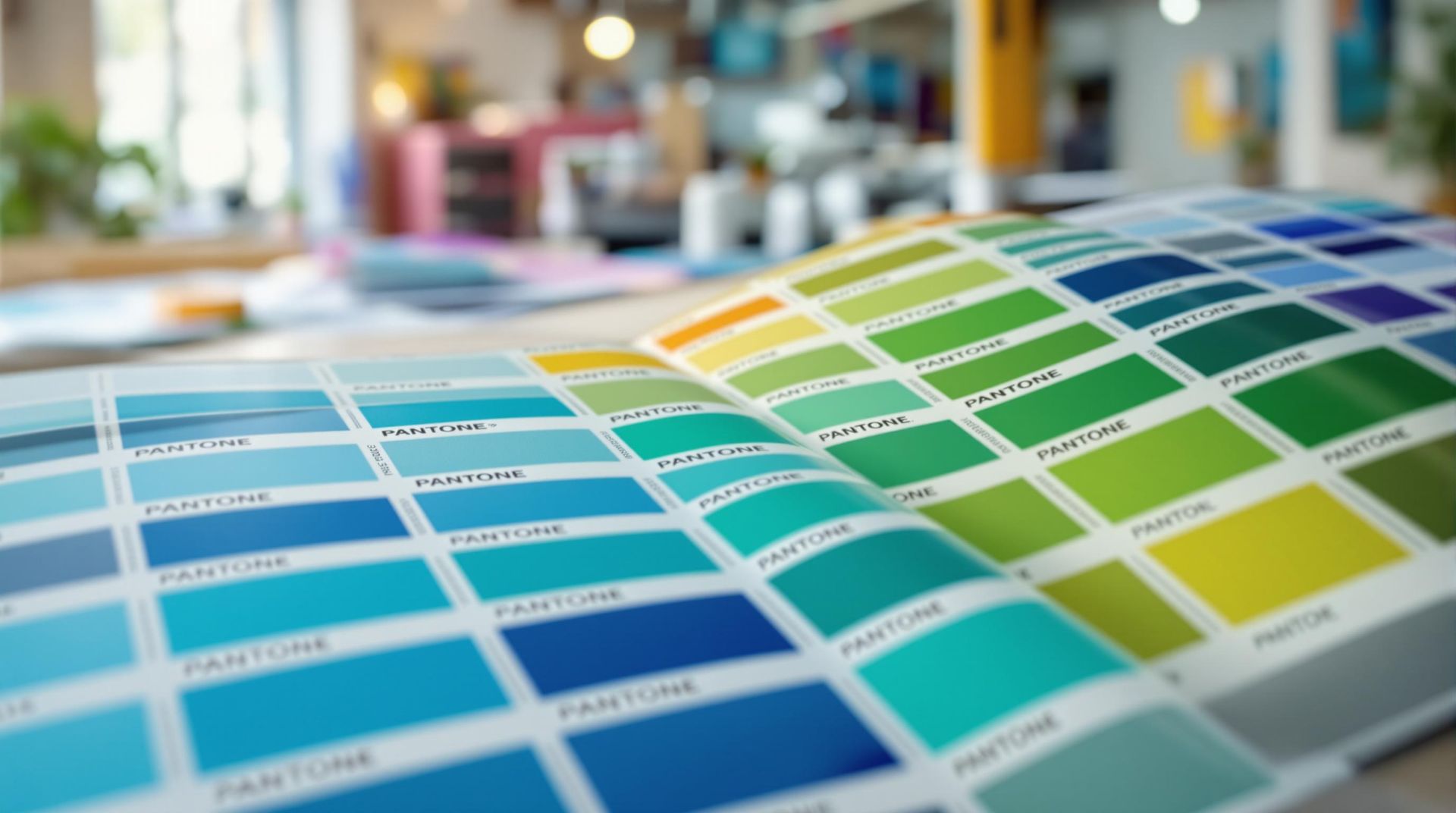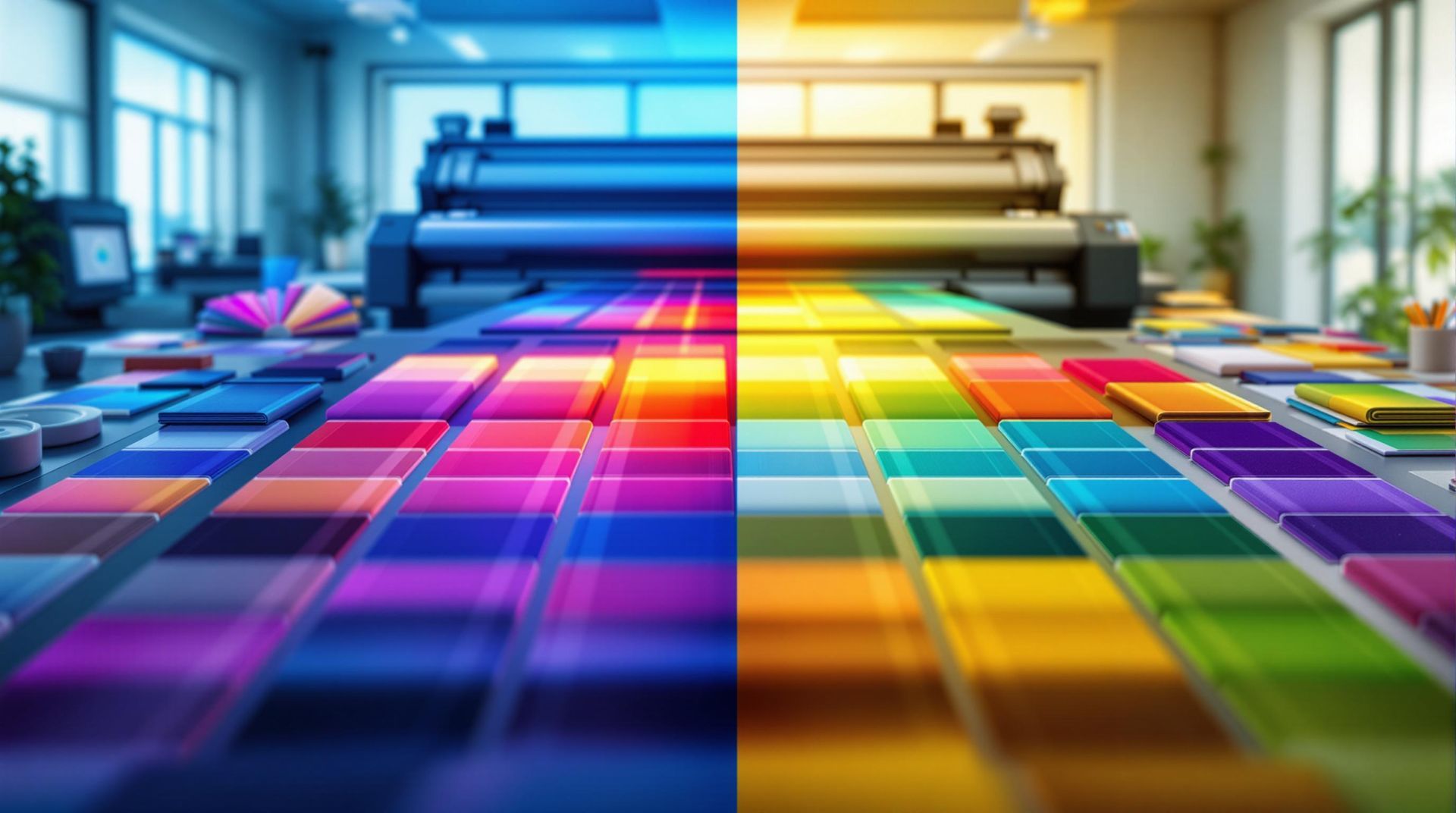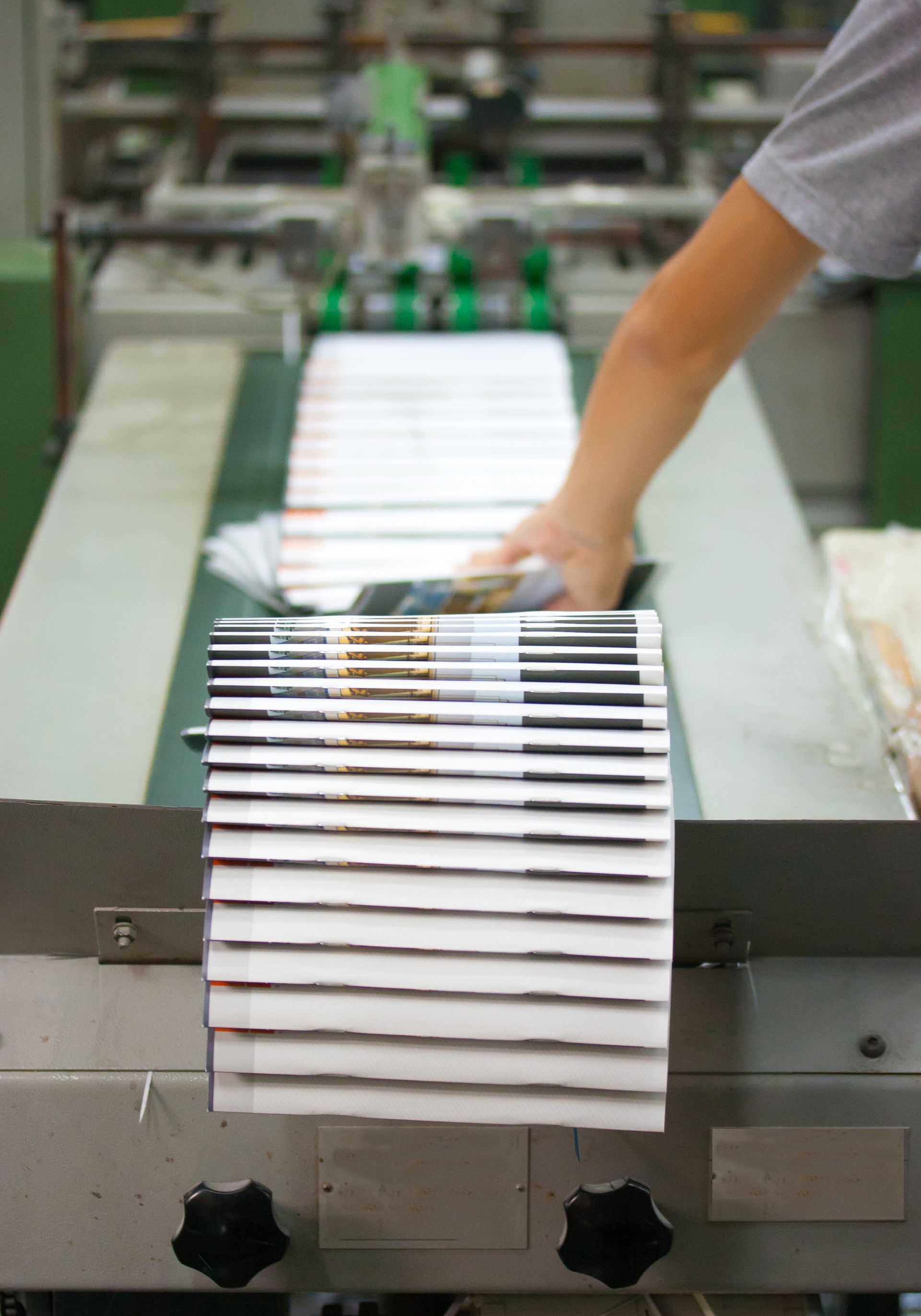How to Identify Surface Coating Defects in Printing
Surface coating defects in printing, such as cracking, flaking, bubbling, and dewetting, can reduce product quality and durability. Identifying these issues early is crucial to saving costs and maintaining customer satisfaction. Here’s a quick summary of what you need to know:
- Common Defects : Cracking (fine lines), bubbling (air pockets), flaking (peeling), orange peel texture (uneven surface), and dewetting (beaded droplets).
- Causes : Thermal stress, poor adhesion, material incompatibility, or mismatched surface energy.
- Detection Methods
:
- Visual Inspection : Use proper lighting and angles to spot obvious flaws.
- Automated Systems : High-resolution cameras and AI tools detect subtle irregularities with over 95% accuracy.
- Specialized Tools : Optical microscopy and spectroscopy for detailed analysis.
- Solutions : Document defects, investigate causes, and adjust printing processes to prevent recurrence.
To ensure consistent quality, combine human expertise with advanced tools like machine vision and AI-based systems. This approach minimizes errors and ensures a high standard for printed products.
Common Surface Coating Defects in Printing
Examples of Common Defects
Surface coating defects often show up in recognizable visual patterns, making them easier to spot. Catching these issues early helps maintain quality standards and avoids expensive reprints.
Cracking looks like fine lines or fractures across the printed surface. This usually happens due to thermal stress during drying or poor adhesion between the coating and the substrate [1] .
Bubbling appears as small air pockets trapped beneath the coating. These raised spots, which you can see and feel, often result from problems in the coating process or insufficient surface preparation [2] .
Flaking , also called delamination, happens when the coating peels away in small pieces. This is often caused by using incompatible materials or not preparing the surface correctly [4] .
Orange Peel Texture creates an uneven surface that looks like the dimpled skin of an orange. This effect is typically caused by improper drying, incorrect application techniques, unsuitable viscosity, or temperature fluctuations.
Dewetting shows up as small droplets or beads forming instead of a smooth coating. This happens when the surface energy of the substrate and coating don’t match, leading to poor adhesion [2] .
| Defect Type | Visual Characteristics | Common Causes | Impact on Quality |
|---|---|---|---|
| Cracking | Fine lines/fractures | Thermal stress/poor adhesion | Weakens structural integrity |
| Bubbling | Raised air pockets | Trapped air/poor application | Deteriorates surface quality |
| Flaking | Peeling coating | Material incompatibility | Reduces protective layer |
| Orange Peel | Dimpled surface | Drying/application issues | Creates uneven appearance |
| Dewetting | Beaded droplets | Surface energy mismatch | Leads to poor coverage |
These defects not only affect the visual appeal but also compromise durability. Advanced machine vision systems can identify subtle variations in texture and uniformity that might go unnoticed by the human eye [1] [3] .
Spotting these issues is just the beginning. The next step is implementing the right methods to detect and address them during production.
Methods for Identifying Surface Coating Defects
Visual Inspection Techniques
Visual inspection is a key method for spotting surface coating defects in printing. This process involves using directional lighting, examining prints from different angles, and assessing gloss, texture, and color consistency. It works well for noticeable issues like smudges or uneven colors. However, its effectiveness depends on the inspector’s skill and the quality of lighting [1] . For subtle defects or high-volume production, automated systems often outperform manual inspections in accuracy and speed.
Using Automated Systems
Modern printing facilities rely on automated systems that use high-resolution cameras and AI algorithms to analyze defects consistently and objectively [3] . These systems can detect surface irregularities, measure coating thickness, and identify registration errors in real-time, achieving detection accuracy rates above 95% [3] .
| Inspection Method | Detection Capabilities | Best Use Case |
|---|---|---|
| Machine Vision | High-speed surface analysis | High-volume production |
| AI-Based Systems | Pattern recognition | Complex printing jobs |
| Integrated Sensor Systems | Detailed defect analysis | Premium quality control |
Blending automated systems with human inspections provides the best results. Automated tools excel at identifying subtle or complex defects, while human inspectors bring context and can spot unusual issues not covered by pre-programmed parameters [1] .
For a balanced and thorough approach, facilities should consider:
- Automated screening for initial defect detection
- AI-based analysis for recognizing patterns
- Human verification for final quality checks
Advanced technologies like spectroscopy and thermal imaging can further refine coating quality assessments [3] . By combining automation with human expertise, facilities can achieve reliable and efficient quality control.
Step-by-Step Guide to Identifying Defects
Step 1: Perform a Visual Check
To spot surface coating defects, start with a thorough visual inspection under proper lighting. Adjust the angle of the printed material to reveal any irregularities. Keep an eye out for issues like smudges, streaks, or uneven colors.
Tips for better visual inspection:
- Use directional lighting and examine prints from multiple angles to spot variations.
- Check both matte and glossy areas to ensure consistency.
Step 2: Use Specialized Tools
Once you’ve completed the visual check, move on to specialized tools for a closer look. High-resolution cameras and machine vision systems can detect flaws too small for the human eye. These tools are especially effective for spotting subtle imperfections and patterns [3] .
| Tool Type | Primary Function | Detection Capability |
|---|---|---|
| Optical Microscopy | Examines surface details | Coating uniformity, print quality |
| High-Resolution Cameras | Detects defects in real-time | Pattern recognition, color consistency |
| Spectroscopy Equipment | Analyzes chemical properties | Coating thickness, material properties |
Step 3: Analyze and Fix Issues
Review the data collected to identify trends and pinpoint root causes. Common problems, such as contamination or improper drying, can often be resolved with targeted adjustments.
Steps to address defects effectively:
- Document findings : Record defect types, locations, and frequencies to spot recurring issues and plan preventive measures.
- Investigate causes : Determine whether the problem comes from equipment, materials, or process variables.
- Apply solutions : Adjust printing parameters, refine cleaning processes, or improve material handling as needed.
Keep detailed records of defects and how they were resolved to support continuous quality improvement. Following these steps will help you maintain consistent print quality and meet customer expectations.
sbb-itb-ce53437
How Miro Printing & Graphics Inc. Handles Defects
Quality Control at Miro Printing
Miro Printing & Graphics Inc. prioritizes identifying and addressing surface coating defects to maintain top-tier results. By blending advanced technology with skilled craftsmanship, they ensure consistent quality across their projects. Automated systems play a key role, spotting even the smallest defects with precision – often surpassing human capabilities. These systems are fine-tuned to handle specific defect patterns unique to their printing processes.
Their technicians undergo thorough training in areas such as:
- Advanced visual inspection methods
- Operating specialized detection tools
- Recognizing and resolving common coating issues
- Applying corrective actions effectively
| Quality Control Component | Purpose | Implementation |
|---|---|---|
| Visual Inspection | Detecting defects early | Staff conduct detailed checks under optimal lighting conditions |
| Automated Systems | Continuous monitoring | Machine vision and AI-based algorithms identify flaws in real-time |
| Process Documentation | Tracking quality | Comprehensive logs of defects and solutions for process improvement |
Why Defect-Free Printing Matters for Customers
Detecting defects early helps Miro Printing reduce reprints and maintain consistent quality. For example, during large-format printing, their quality control team can identify slight color mismatches early and make immediate corrections, ensuring smooth production.
Detailed quality control records not only improve internal processes but also enhance transparency with customers. This commitment to precision helps clients avoid delays and ensures every project meets professional standards. Miro Printing’s structured approach to defect management has made them a trusted partner for businesses seeking reliable, high-quality printing solutions.
Print Quality Inspection and Surface Defect Detection Systems
Conclusion and Final Thoughts
This section pulls together the main points on defect detection methods and tools, while also looking at what lies ahead. Modern printing operations now blend older visual inspection techniques with advanced automation to achieve impressive results. For instance, current systems boast a 97.2% accuracy rate in spotting surface defects [5] .
Key Points to Keep in Mind
Surface energy mismatches, such as those causing beading or dewetting, often lead to defects [2] . A solid understanding of these fundamental properties is critical for effective detection and prevention.
The use of automated optical inspection ( AOI ) systems has revolutionized quality control, offering benefits like:
- Instant defect detection during production
- Consistent monitoring across large-scale print runs
- Pinpointing even the smallest surface irregularities
These methods, combined with the earlier-discussed inspection strategies, ensure both precision and efficiency in defect management.
| Approach | Implementation | Impact |
|---|---|---|
| Visual Inspection | Routine checks under controlled lighting | Early identification of obvious defects |
| Automated Systems | AI-driven scanning and analysis | 97.2% detection accuracy rate |
| Documentation | Organized tracking of defects and fixes | Supports quality improvement efforts |
Looking forward, advancements in AI and machine vision are expected to further refine quality control. By merging human expertise with AI, future systems will be even better at detecting subtle irregularities early, thanks to ongoing improvements in deep learning [3] .

